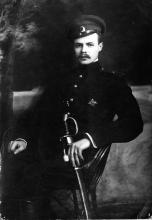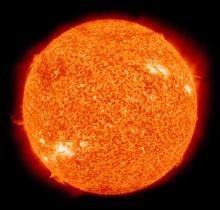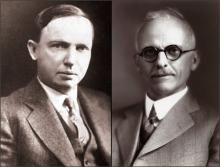Listen to today's episode of StarDate on the web the same day it airs in high-quality streaming audio without any extra ads or announcements. Choose a $8 one-month pass, or listen every day for a year for just $30.
You are here
Henrietta Swan Leavitt
In the 1920s, Edwin Hubble confirmed that there are galaxies of stars far beyond the Milky Way, vastly expanding the size of the known universe. Later, he also discovered that the universe itself is expanding.
Those discoveries were made possible by another discovery a few years earlier. Henrietta Swan Leavitt found that a certain type of star makes a perfect “yardstick” for measuring astronomical distances.
 Leavitt was born 150 years ago today. She earned a college degree, although little of her schoolwork involved astronomy. She then started taking classes at Harvard College Observatory, but soon got a job there instead. She was a “computer” -- one of several women hired to do the tedious calculations now performed by digital computers.
Leavitt was born 150 years ago today. She earned a college degree, although little of her schoolwork involved astronomy. She then started taking classes at Harvard College Observatory, but soon got a job there instead. She was a “computer” -- one of several women hired to do the tedious calculations now performed by digital computers.
Leavitt was bright and hard working, so she was given a complex assignment -- to study a class of stars that brighten and fade over time.
She found that there was a direct relationship between the amount of time it took such a star to brighten and fade and the star’s true brightness. And by knowing a star’s true brightness, astronomers can calculate its distance.
Edwin Hubble studied some of these variable stars in what was called the Andromeda Nebula. Many thought the nebula was a mote of matter inside the Milky Way. Others thought it was another galaxy. Hubble’s observations showed that it was so far away that it had to be a galaxy -- a discovery made possible by the pioneering work of Henrietta Leavitt.





